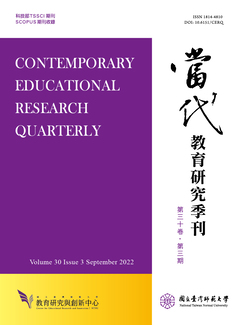

The purposes of this paper are to connect the concepts of literacy, text and curriculum, and to focus on exploring the principles of choosing narrative texts and organizing them into a narrative curriculum. Text content is evaluated to examine if the meanings of the narrative text content meet educational goals, to examine how the narrators form social context and guide the audit to confirm self-identity and social identity, and to examine how text content affects student thinking in developing optimistic emotions through reading activities. When choosing narrative text forms, one must evaluate the narrative elements, narrative structure, and narrative styles all in the text context, and determine if the narrator connected every part to the entire meaning of the story. The principle of organizing narrative curriculum content requires an exploration of the relationships between the structure of narrative texts and the stages of children’s literacy development. Teachers can develop a thematic curriculum in order to encourage reading narrative texts in sequence, and design an integrated curriculum through asking questions from the context of stories, choosing one of the questions to form the exploring activities across other disciplines, and finding the resolution with their students so as to react with reading and writing in real situations. Finally, we can elevate students’ literacy through narrative curriculum implementation in the school system.

This work is licensed under a Creative Commons Attribution-NonCommercial 3.0 Taiwan License.
Center for Educational Research and Innovation, National Tawain Normal University
162, Ho-Ping East Rd, Sec. 1, Taipei, Taiwan | Tel:+886-2-7749-3670 | E-mail: cerecerq@gmail.com
CERI | NTNU | E-mail Alerts | Open Journal System
© 2014 CERI-NTNU
